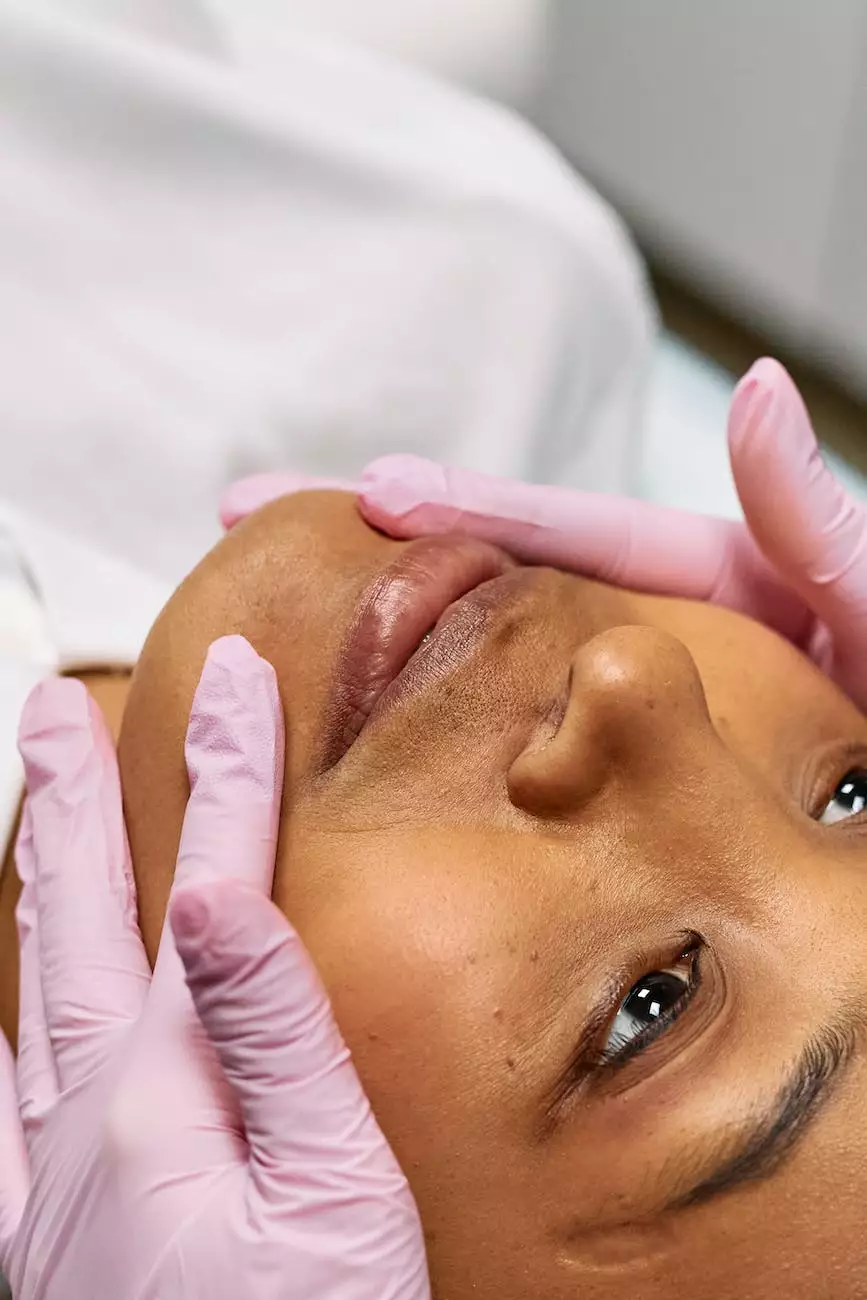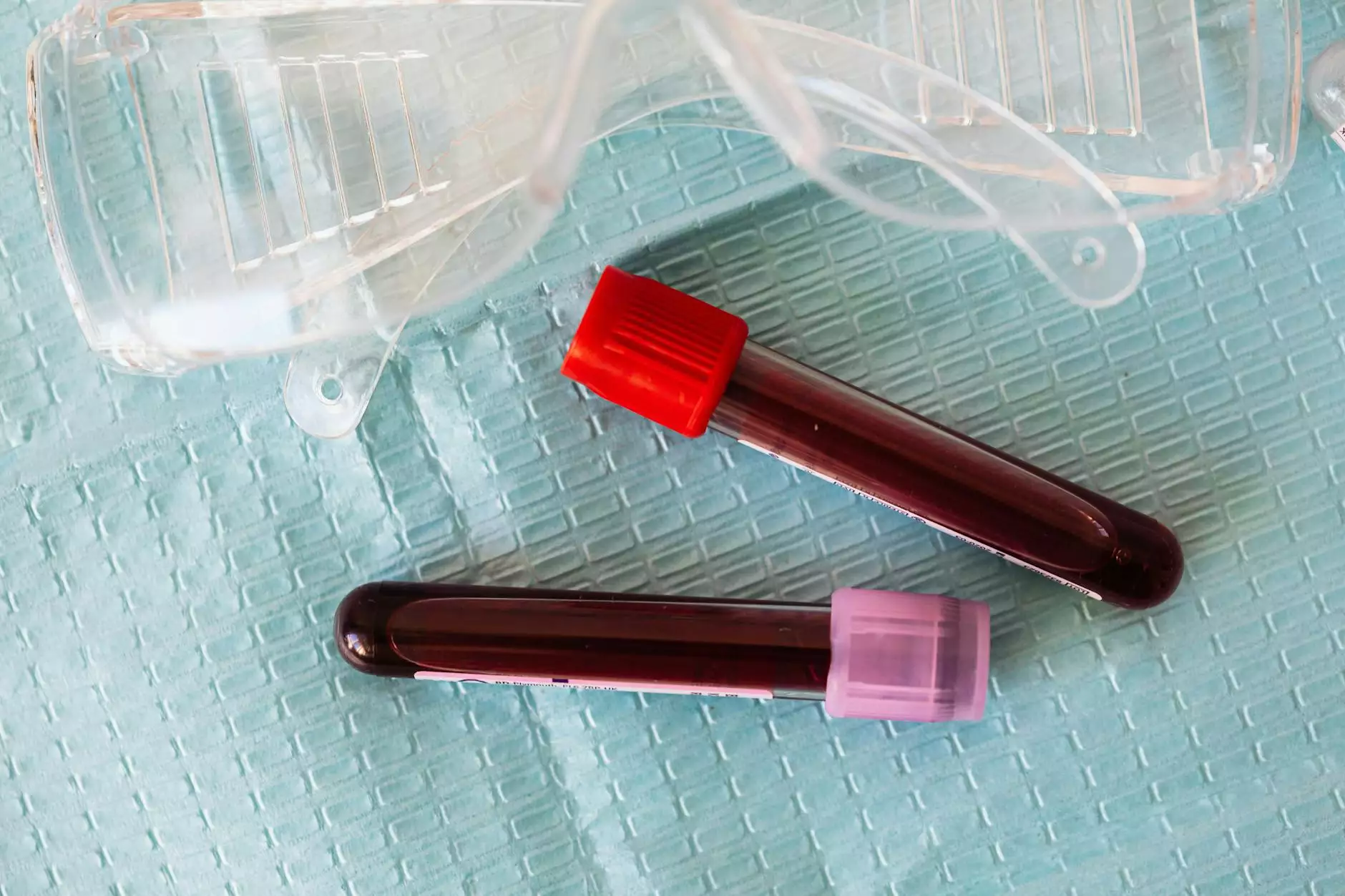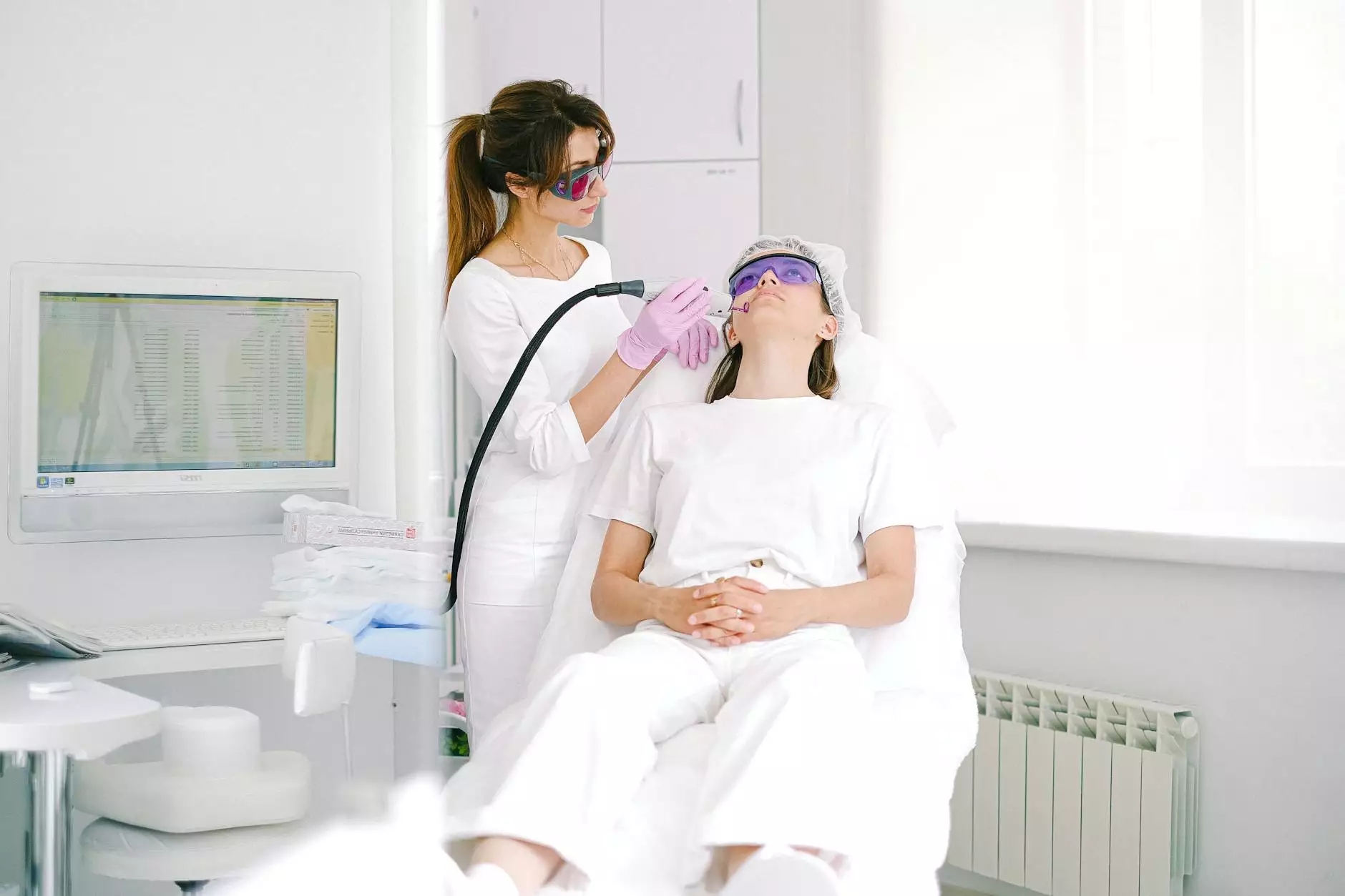What Do Veiny Hands Mean? Indicators & Warning Signs

Introduction
As the leading medical center in the field of health, Bay Regional Medical Center aims to provide comprehensive information on various health concerns. In this article, we delve into the topic of veiny hands, exploring what they could potentially indicate and the warning signs associated with them. Understanding the causes and potential remedies is essential for maintaining your overall well-being.
The Functions of Veins in Our Hands
Veins play a crucial role in our bodies, particularly in the hands. They are responsible for carrying deoxygenated blood back to the heart. The network of veins in our hands helps to regulate blood flow and maintain circulation. However, the visibility of veins can vary widely among individuals and can sometimes signal underlying health issues.
Potential Causes of Veiny Hands
While veiny hands are often considered a normal occurrence, certain factors can contribute to their prominence.
1. Low Body Fat Percentage
A low body fat percentage can lead to more visible veins, as the skin becomes thinner and veins become more apparent.
2. Age-related Changes
As we age, our skin loses elasticity and becomes thinner, making the veins more visible.
3. Genetics
Genetics can play a role in determining how visible our veins are. Some individuals naturally have more prominent veins due to their genetic makeup.
4. Temperature and Hydration
Changes in temperature or dehydration can cause veins to constrict or dilate, affecting their visibility.
5. Hormonal Factors
Hormonal imbalances, such as those experienced during pregnancy or menopause, can contribute to the appearance of veiny hands.
Warning Signs Associated with Veiny Hands
While veiny hands are often benign and pose no immediate threat, certain warning signs may indicate underlying health issues.
1. Swelling and Pain
If you experience persistent swelling or pain in your hands accompanied by visible veins, it is important to consult a healthcare professional. This could be an indication of an underlying vascular condition.
2. Skin Changes
Noticeable changes in the skin surrounding your veins, such as discoloration, bruising, or ulcers, should not be ignored. These symptoms may warrant further investigation.
3. Numbness or Tingling Sensations
If you frequently experience numbness or tingling sensations in your hands alongside prominent veins, it could be a sign of nerve compression or other related issues.
4. Fatigue and Shortness of Breath
In some cases, veiny hands accompanied by unexplained fatigue and shortness of breath may indicate an underlying cardiovascular problem. Seeking medical advice is crucial if you experience these symptoms.
Treatment options and Remedies
If you are concerned about the appearance of your veiny hands or experience any of the warning signs mentioned above, it is essential to consult with a healthcare professional. They will be able to determine the underlying cause and recommend appropriate treatment options. These may include:
- Lifestyle modifications, such as hydration and maintaining a healthy body weight
- Compression garments or stockings to improve circulation
- Medical procedures, including sclerotherapy or laser therapy, to reduce the visibility of veins
- Medications to address any underlying conditions contributing to the prominence of veins
Your healthcare provider will tailor the treatment plan to your specific needs, addressing any associated symptoms or risks.
Conclusion
Understanding the potential causes and warning signs associated with veiny hands is crucial for maintaining your overall health. While veiny hands are often benign, it is important to pay attention to any symptoms or changes that may indicate underlying health issues. Bay Regional Medical Center is committed to providing you with the latest information and medical expertise to ensure your well-being.




